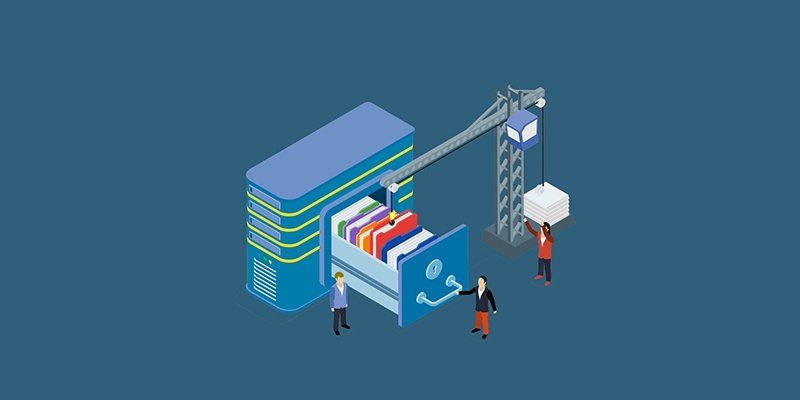
Lean IT, in its essence, is all about doing well the IT tasks the organization needs to do, while not doing things that don't really need to be done.
Lean is not the same thing as small, but for IT departments with limited staffing budgets, going lean is both opportunity and necessity. Talent is the most precious resource, and it needs to be deployed to meet the unique needs and strengths of the organization.
At the same time, a robust IT infrastructure is necessary for the organization to function at all. Data files, for example, need to be sent or received, one way or another. So how can IT be lean and focused on unique capabilities, yet still take care of those annoying basics?
Lean Is Not Necessarily Mean
As Hakan Altintepe reports at CIO.com, the concept of lean IT has drawn attention after decades of effort have squeezed nearly all the potential out of efficient IT. We know, pretty well by now how to get the most out of a given set of IT resources, including IT infrastructure. According to Altintepe, "efficient IT is a mission (almost) accomplished, a table stakes rather than a source of differentiation" for organizations.
Related Article: Leveraging PowerShell Automation in the Cloud
Hence the new focus on lean IT — for example, building quality into the development process, rather than having a separate, add-on quality assurance stage at the end.
Because talent is the most precious resource, your in-house IT experts should, so far as possible, be experts in precisely those things that either add unique value or meet unique challenges. When talent is a limited resource, it needs to be deployed to greatest effect — which are not on the things that "everyone does."
Need for a Robust IT Infrastructure
Yet those "routine" tasks, such as file transfer, still need to be done. An infrastructure is needed to perform them, and unless that infrastructure is robust, it will fall short. It will run inefficiently, adding needless costs. In the case of file transfer infrastructure the costs can be high indeed — measured in hacking attacks and compromised data.
It is a conundrum. Your lean IT department wants to keep its precious talent focused on their unique capabilities, but routine basic tasks keep intruding. How can they be leaned down?
One way to answer that question is to step back and look at the global picture. For your IT department, file transfer is just one more job. It is critical, but probably not a unique value creator. But for managed file transfer (MFT) vendors, managing file transfers reliably, cost-effectively, and above all securely, is their bread and butter. For them, doing file transfer well is their unique value creator.
Which is why your lean IT department, and your whole organization, can benefit from managed file transfer. Because with file transfer infrastructure crossed off the list, your IT talent can focus like a laser on your own organization's unique contributions.